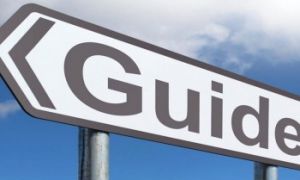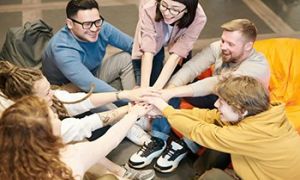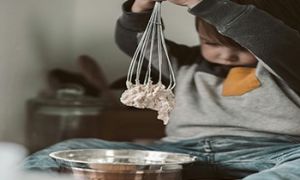Child portfolios are a form of pedagogical documentation that includes learning samples like artwork, writings, educator observations, individual and group learning stories and photographs - a visual aid of children's learning and development. The following article provides information on the purpose of portfolios and how portfolios make learning visible.
Purpose Of Portfolios
The primary purpose of portfolios is to offer a visual representation of the child’s learning process. To do this, keep in mind that each sample in the portfolio is selected with intention. So a completed jigsaw puzzle or an expressive artwork may be selected to depict small but significant moments of learner insight while photos of the child working in groups or a transcript of a pertinent question about earthworms while vermicomposting can track learning across concepts and over time. Then again the educator’s written observations provide valuable resources in understanding the development of the child’s abilities and skills such as communicating, problem-solving and emotional regulation.
How Portfolios Make Learning Visible
By making learning visible, portfolios also give children the opportunity to revisit their own learning journey. So an educator might ask a child, ‘What do you think of the berry jellies you made for Grandparents Day” or “Would you have done your project on beetles any differently”? Such exploration often helps a child shed new light on a past learning experience or encourage new connections between different concepts.
Portfolios also make learning visible and accessible to parents as well. As they go through their child’s work and art samples, they get to engage with their child’s learning journey. Best of all, families can make connections between learning that happens at home and at school besides coming up with their own suggestions for improvement.
As compared to wall displays of children’s artworks or photos, the portfolio is considered a less public form of pedagogical documentation. This addresses the concern of an individual child’s documentation being seen by other parents or parents feeling tempted to compare their own child’s work with those of other children.
Finally, portfolios provide a visual snapshot of their students’ learning over a period of time. Through assessment information collected over a month or school term, educators are able to monitor and reflect on a child’s development and interests. They are able to reflect on their own teaching practices, pedagogies and explore newer strategies. While digital and paper portfolios each have their own accessibility pros and cons, on the whole, this form of documentation makes for an invaluable learning resource, both for educators and children.
Further Reading
Portfolios In Childcare - The following article provides information on What Are Portfolios, What Do Portfolios Contain, Creating Portfolios and more.
Portfolio Templates - A variety of Templates that can be added into a child's portfolio.


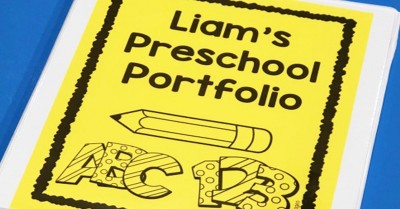
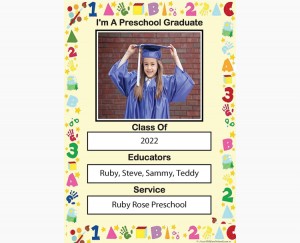

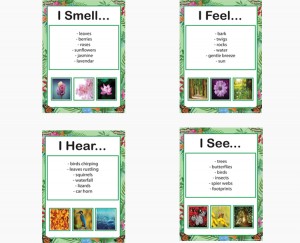
 Here is the list of the EYLF Learning Outcomes that you can use as a guide or reference for your documentation and planning. The EYLF
Here is the list of the EYLF Learning Outcomes that you can use as a guide or reference for your documentation and planning. The EYLF The EYLF is a guide which consists of Principles, Practices and 5 main Learning Outcomes along with each of their sub outcomes, based on identity,
The EYLF is a guide which consists of Principles, Practices and 5 main Learning Outcomes along with each of their sub outcomes, based on identity, This is a guide on How to Write a Learning Story. It provides information on What Is A Learning Story, Writing A Learning Story, Sample
This is a guide on How to Write a Learning Story. It provides information on What Is A Learning Story, Writing A Learning Story, Sample One of the most important types of documentation methods that educators needs to be familiar with are “observations”. Observations are crucial for all early childhood
One of the most important types of documentation methods that educators needs to be familiar with are “observations”. Observations are crucial for all early childhood To support children achieve learning outcomes from the EYLF Framework, the following list gives educators examples of how to promote children's learning in each individual
To support children achieve learning outcomes from the EYLF Framework, the following list gives educators examples of how to promote children's learning in each individual Reflective practice is learning from everyday situations and issues and concerns that arise which form part of our daily routine while working in an early
Reflective practice is learning from everyday situations and issues and concerns that arise which form part of our daily routine while working in an early Within Australia, Programming and Planning is reflected and supported by the Early Years Learning Framework. Educators within early childhood settings, use the EYLF to guide
Within Australia, Programming and Planning is reflected and supported by the Early Years Learning Framework. Educators within early childhood settings, use the EYLF to guide When observing children, it's important that we use a range of different observation methods from running records, learning stories to photographs and work samples. Using
When observing children, it's important that we use a range of different observation methods from running records, learning stories to photographs and work samples. Using This is a guide for educators on what to observe under each sub learning outcome from the EYLF Framework, when a child is engaged in
This is a guide for educators on what to observe under each sub learning outcome from the EYLF Framework, when a child is engaged in The Early Years Learning Framework describes the curriculum as “all the interactions, experiences, activities, routines and events, planned and unplanned, that occur in an environment
The Early Years Learning Framework describes the curriculum as “all the interactions, experiences, activities, routines and events, planned and unplanned, that occur in an environment